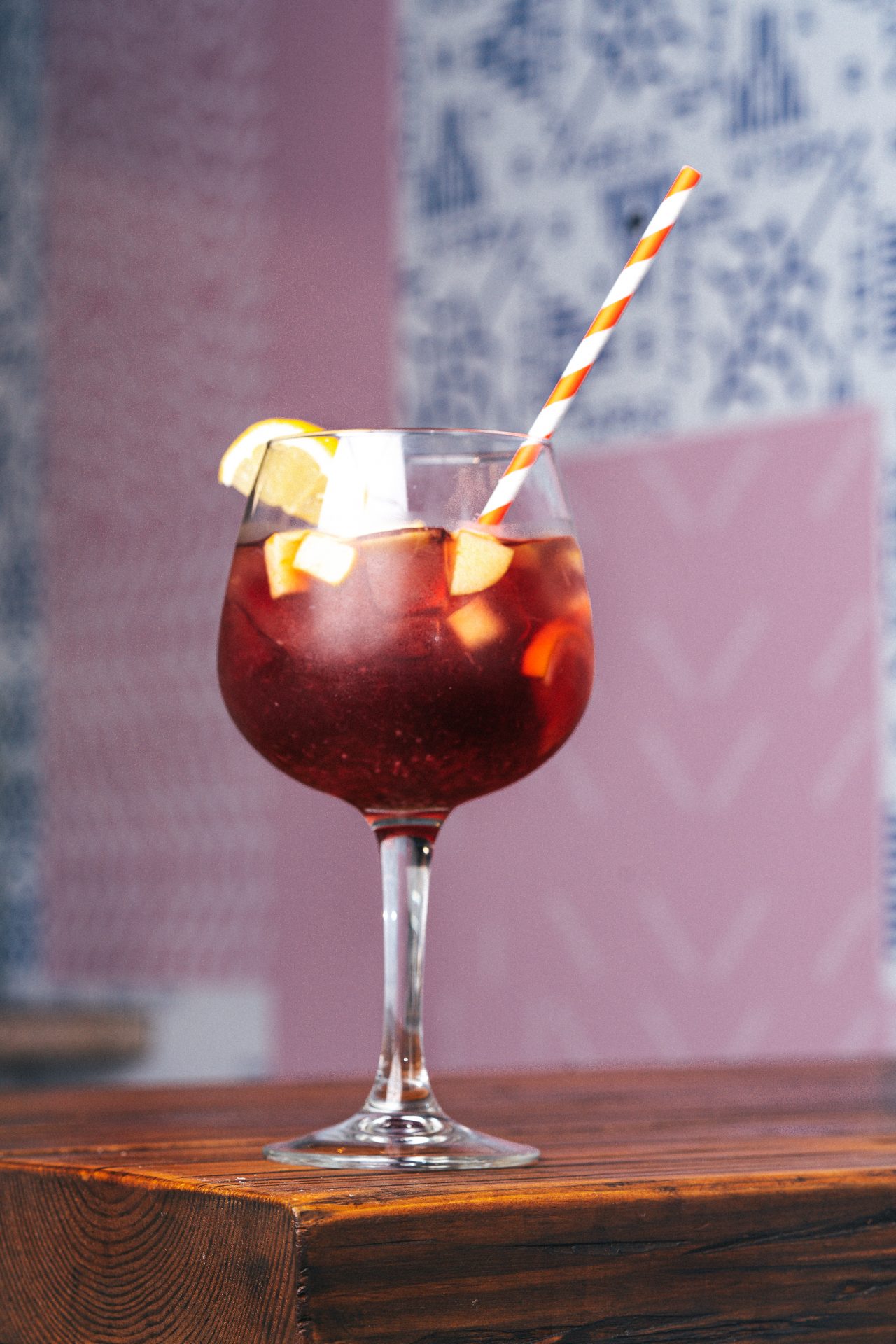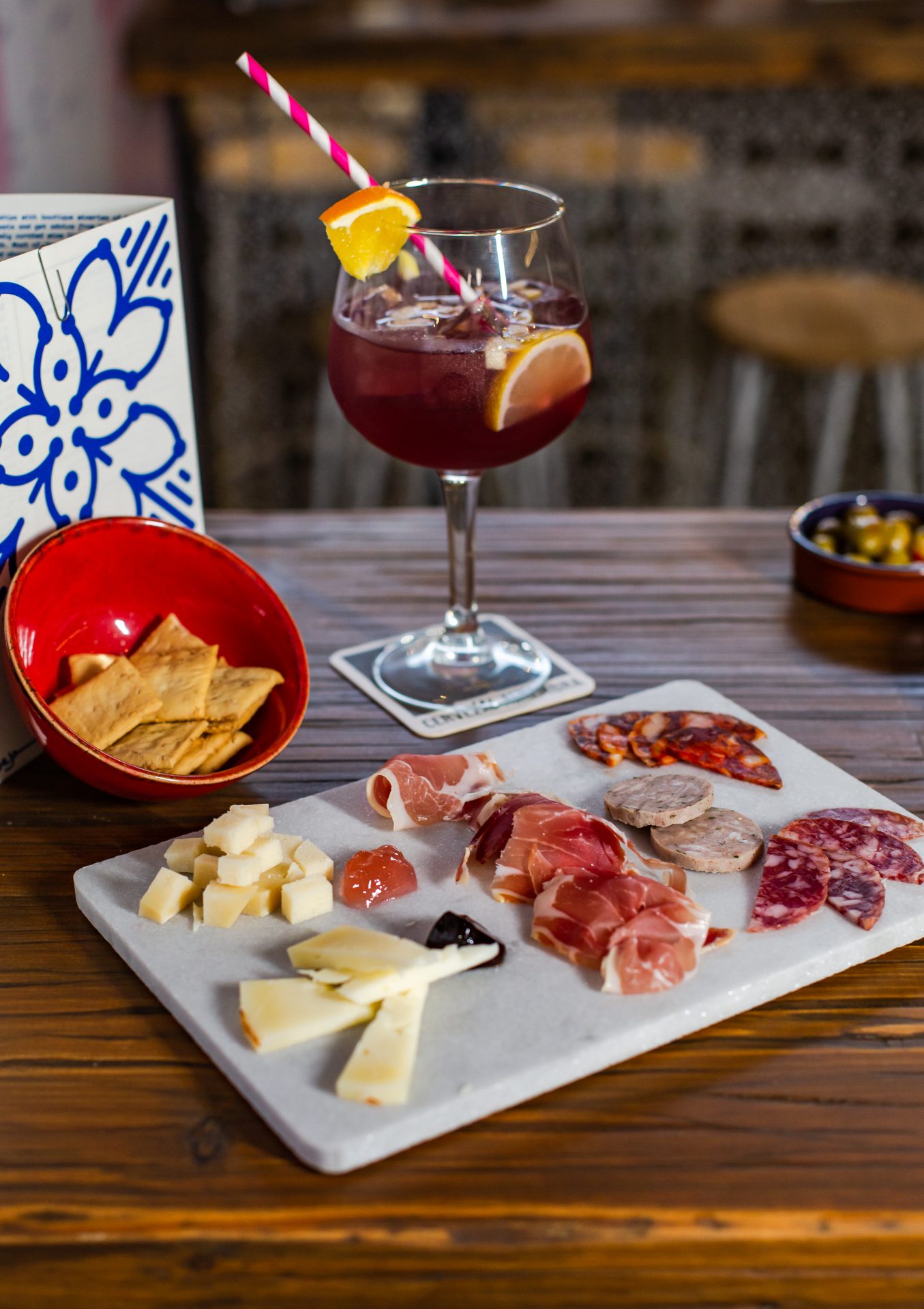How to make traditional Spanish sangria at home
Sangria is the perfect drink to serve when entertaining, and once you’ve grasped the recipe, it’s super simple to make too. Here, an expert shares her tips on the best ways to make sangria from home.
Welcome to The Curiosity Academy, Stylist’s new learning hub where you can access workshops, how-to guides, new research and learn the most up-to-date skills from the UK’s most in-the-know people.
Sangria is a classic Spanish drink, one that many people associate with summer. The fruity wine is deliciously satisfying on a hot day and it’s perfect to make for parties and groups of friends, because who could ever turn their nose up at a jug of sangria?
Although it’s made from fairly simple ingredients – wine, liquor and lemonade are the three main components – it can be pretty difficult to get it right when making it from home. The wrong combinations or amounts can knock the whole drink off, making the wine taste sour or the fruitiness of it overwhelming.
You may also like
Sober curious? Try these 4 alcohol-free takes on classic cocktails
To help you learn how to perfect the traditional drink, we’ve recruited the help of Ana Villegas, the owner of Abeja, a Spanish tapas restaurant based in Hatch in Manchester, and a native of the Spanish city Granada.
“All of my recipes are inspired by my family and my experience of growing up in Spain,” she says. Ana only uses wines imported from Granada in her restaurant, and has recently started creating ready-made bottles of sangria for her customers to enjoy at home.
Here, Ana shares the sangria recipe that she has spent many years perfecting, as well as her expert tips for getting it just right when making it from home.
What you will need to make sangria
- 450ml red wine
- 50ml liquor
- 50g white sugar
- Fruit (Ana suggests apple, peach, orange, lemon)
- 500ml lemonade
- 1 cinnamon stick
How to make sangria
- Macerate the wine with the fruits and sugar.
- Mix the wine, liquor and sugar until dissolved.
- Add the cinnamon stick, and the peach and apple in small cubes.
- Leave in fridge overnight in a sealed jar.
- In a big jug, mixthe wine with the lemonade.
- Serve with lots of ice and slices of lemon and orange.
- Mix in one freshly squeezed lemon with one teaspoon of sugar for enhanced flavour.
Ana’s expert tips for making your own sangria
Avoid sweet wine
As sangria is a sweet drink, you might think that a fruity wine would be the best thing to use to make it. But Ana says that the opposite is actually true. “Avoid sweet red wine because you’re already combining the sugar and the lemonade, which is what gives sangria its sweet taste,” she explains.
Anna suggests using merlot but she says that it doesn’t need to be an expensive bottle. “Traditionally, sangria is made with wine that is going off, which is why so many other flavours are added to the drink,” Ana says.
Choose your liquor based on personal taste
Ana says that there is no specific liquor that works best for Sangria – it really just comes down to personal preference. “I personally like vermouth so I tend to make sangria with that, but if you prefer rum or whiskey straight, you’ll probably prefer that in your sangria too,” Ana says.
You should also think about how alcoholic you want to be, as looking at the strength of your liquor is a good way to manage this.
Experiment with white wine
Sangria is traditionally made with red wine but there’s nothing stopping you from using white wine when you make it. The recipe is exactly the same otherwise. The only thing Ana suggests changing is using slightly darker fruits.
“I don’t recommend using prosecco, however,” Ana adds, explaining that fizzy drinks don’t work as well with sangria, as the fizz of the drink should come from the lemonade.
Think carefully about the fruits you use
The type of fresh fruit you add to your sangria is totally down to your preference but Ana recommends avoiding fruits that have a mushy texture. “Bananas won’t work as they will dissolve which will affect the taste of your sangria,” she says.
Ana’s favourite fruits to use are apples and peaches. The cinnamon stick is also a really important part of the recipe and Ana says that it cannot be replaced with cinnamon powder.
You may also like
How to taste wine like an expert, according to a sommelier
Use high quality lemonade
Although cheap wine is perfectly okay to use in sangria, using lemonade of a high quality is important. “You’ll be able to test the lemonade if it’s cheap,” Ana says, suggesting that if you can, making your own fresh lemonade is a great option.
She also stresses the importance of using a newly opened bottle of lemonade, so the fizz comes through in the sangria.
You can find more recipes and expert tips on The Curiosity Academy’s Instagram page.
Ana Villegas, founder of Abeja
Ana owns her own tapas restaurant in Manchester. Ana is the founder of Manchester’s smallest tapas bar, Abeja at Hatch. It has built its own large and loyal fanbase in the city. Ana is passionate about bringing her native Granadian cuisine to the city.
Images: Ana Villegas
Source: Read Full Article

